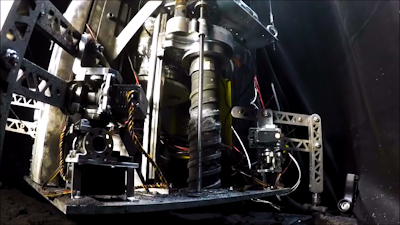

Woods could proceed on the design of the X-1. With an engine in place, Larry Bell of Bell Aircraft Corp. This fallback meant the X-1 could carry only half the fuel originally anticipated, but at least the project could move ahead. A pressure system using nitrogen gas provided a basis for fuel delivery. Ultimately, the Reaction Motors turbo pump became stalled in development, so another 4-chamber Reaction Motors engine, this one fueled by liquid oxygen and diluted ethyl alcohol, was slated for installation. Delivering 6000 pounds of thrust, the acid-aniline-fueled engine was believed to be capable of boosting an airplane to the fringes of the known performance envelope. Rocket propulsion was explored–specifically, a turbo-pump-equipped rocket made by Reaction Motors Inc. Researchers concluded, however, that jet engines of the period weren’t powerful enough to achieve the required speeds. It wasn’t until March of 1945, with the war drawing to a close, that the project picked up momentum. And, following the English experience with early air-breathing jet propulsion, the notion of using a conventional jet powerplant was advanced.ĭiscussions continued through 1944, but winning the war was first on everyone’s agenda. It was thought that a full-sĬale airplane with a trained pilot at the controls would yield more accurate data than could be obtained in a wind tunnel. A full-scale, high-speed aircraft was proposed that would help investigate compressability and control problems, powerplant issues and the effects of higher Mach and Reynolds numbers.
#Broken age propulsion how to#
The subject was how to provide aerospace companies with better information on high-speed flight in order to improve aircraft design. America was at war with Germany and Japan in December 1943 when a conference was called at the fledgling National Advisory Committee for Aeronautics (NACA, NASA’s forerunner) in Washington. And as ominous as it seemed to us then, that was the whole point. Air Force continued to “investigate the effects of higher Mach numbers.’ And Edwards Air Force Base, formerly known as Muroc Army Air Base, would witness remarkable strides in supersonic and even transatmospheric flight.īut with the XS-1, later shortened to X-1, we were flying through uncharted territory, the “ugh-known’ as we liked to call it. Its sister ships would acquit themselves ably as the newly formed U.S. We’d fly higher and faster in the XS-1 No. And when the Mach indicator stuttered off the scale barely 5 minutes after the drop from our mother B-29, America entered the second great age of aviation development. 1 streaked past the speed of sound that morning without too much fanfare–broken ribs notwithstanding.


 0 kommentar(er)
0 kommentar(er)
